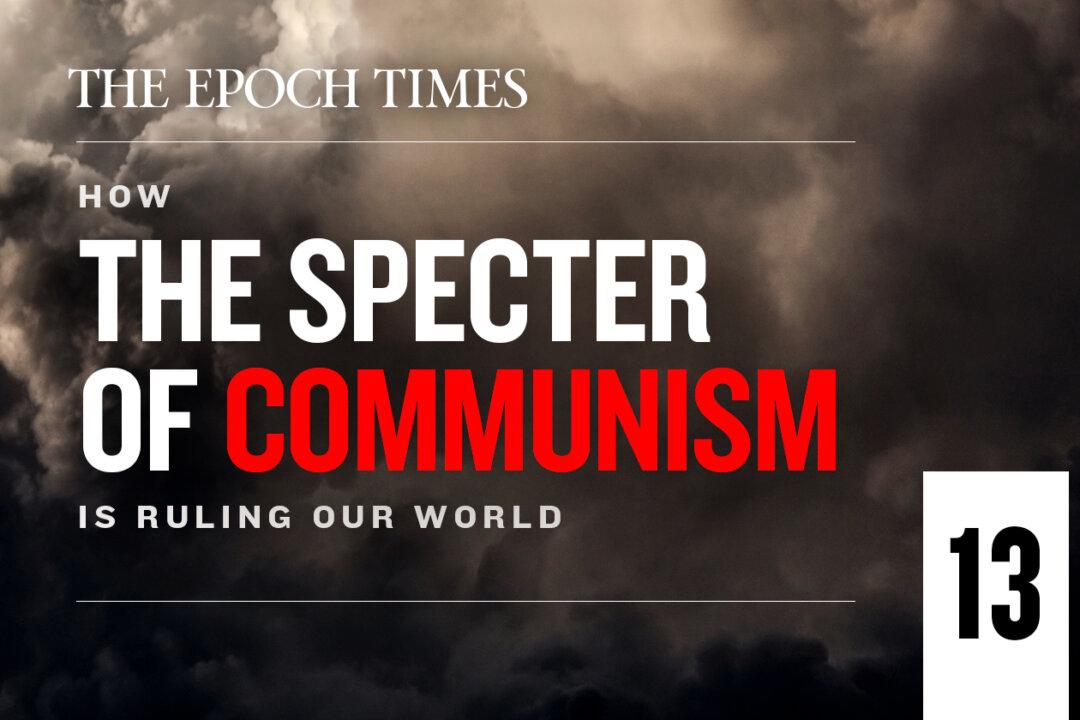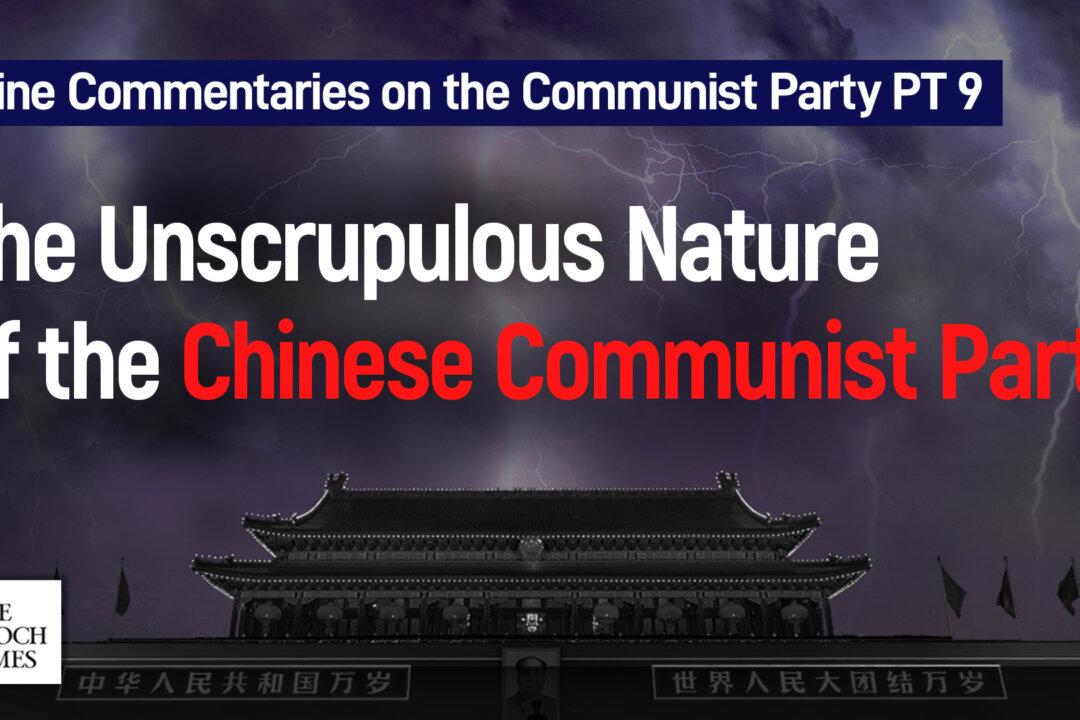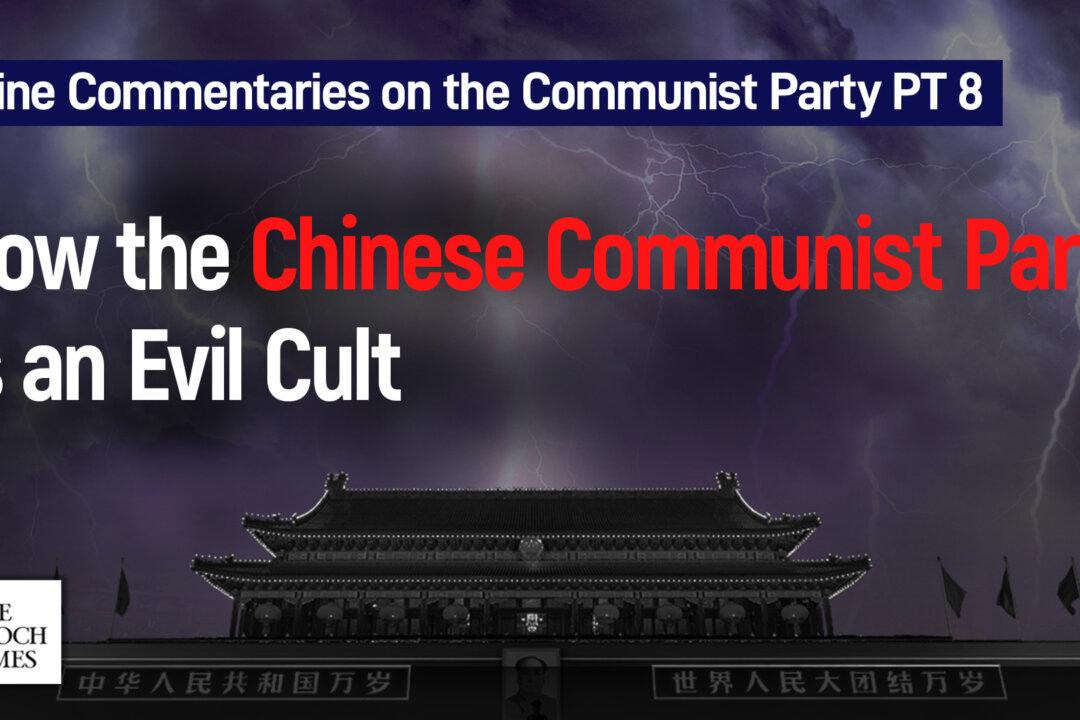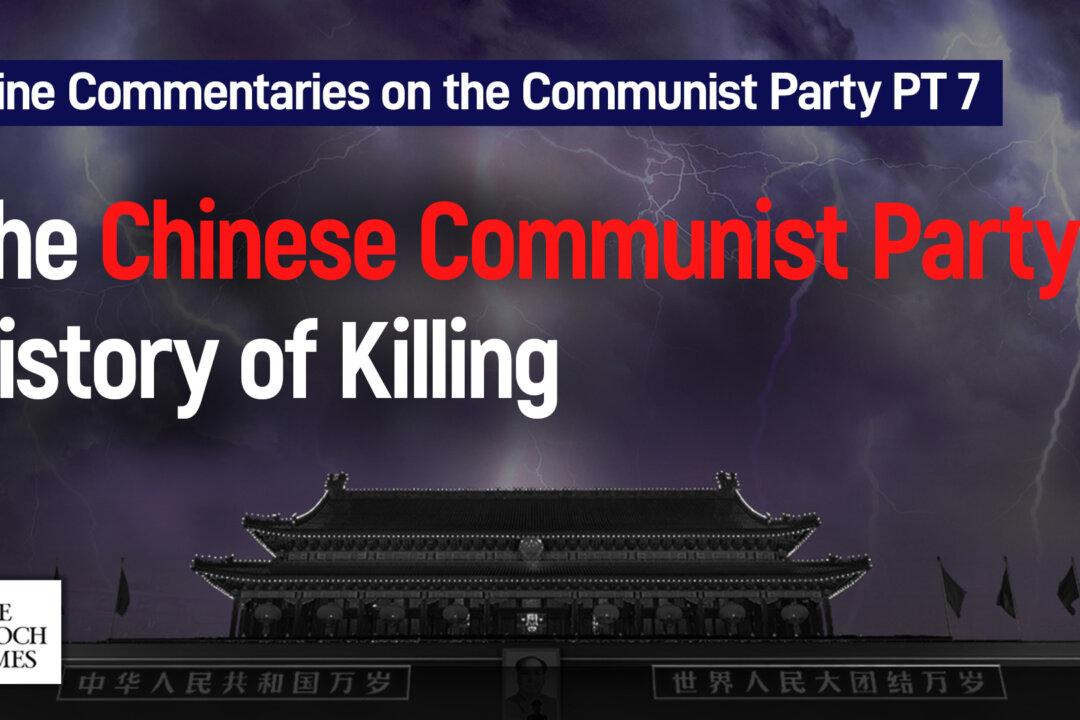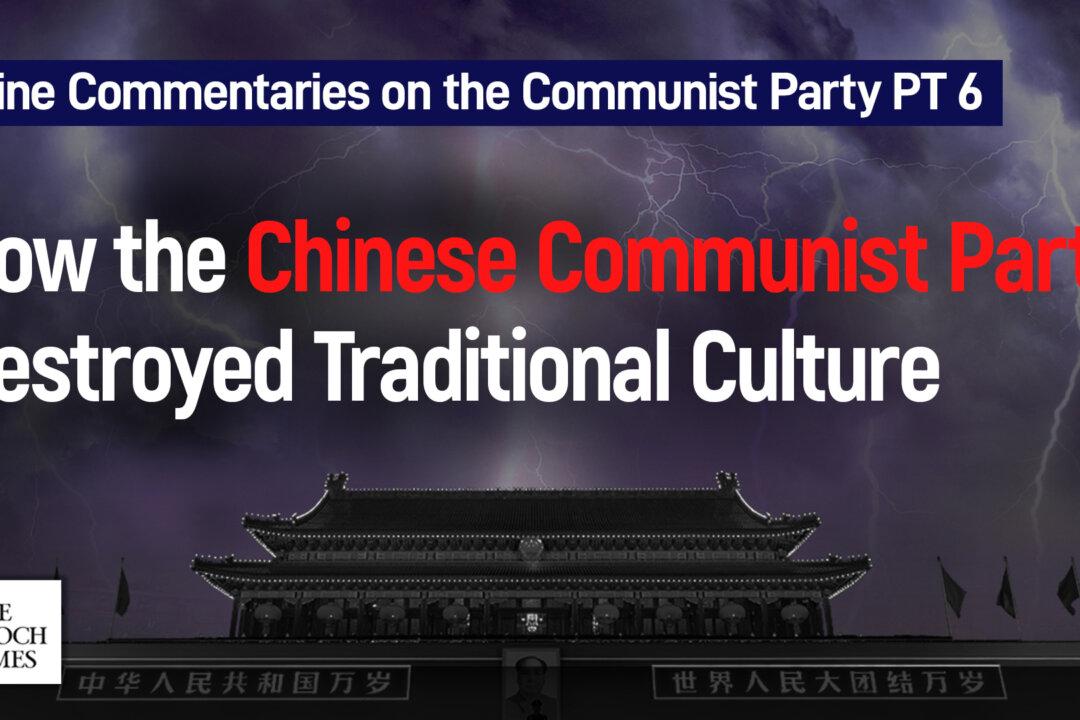The Epoch Times is serializing an adaptation from the Chinese of a new book, How the Specter of Communism Is Ruling Our World, by the editorial team of the Nine Commentaries on the Communist Party.
Table of Contents
1. Mass Indoctrination in Communist Countries2. Communist Infiltration of Western Media and Hollywood
